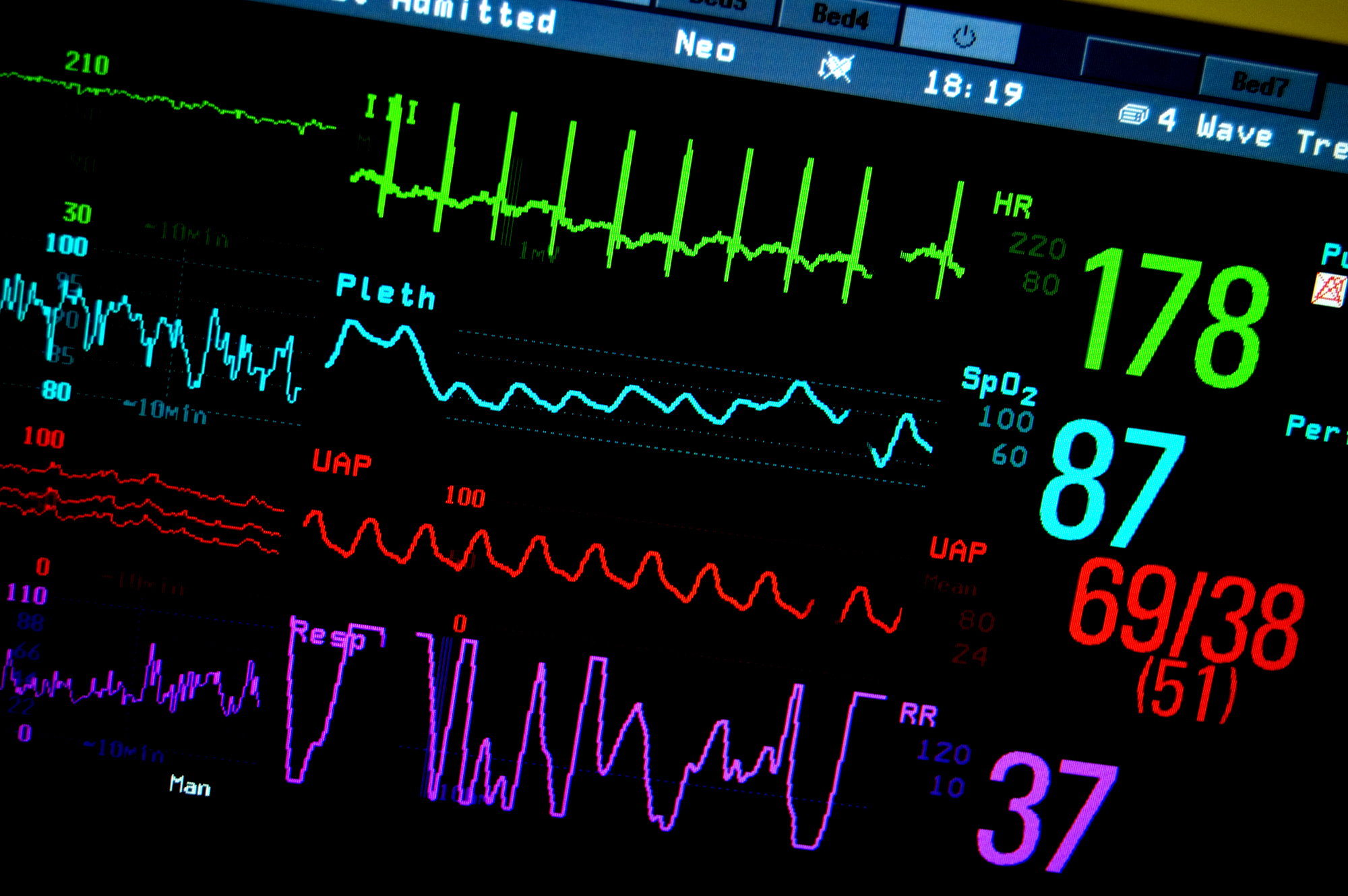MONDAY, Dec. 28, 2015 (HealthDay News) — Early treatment to restore blood flow quickly once heart attack symptoms begin may reduce damage to the heart, a new study suggests.
Patients who recognize the symptoms of a heart attack early on and receive immediate medical attention have better outcomes, the researchers found.
As soon as heart attack patients arrive at the hospital, doctors must restore blood flow to the heart using a stent, a procedure called percutaneous coronary intervention.
The time that elapses between the onset of symptoms and treatment is known as “door-to-balloon time.” Treatment should be received in 90 minutes or less, according to guidelines from the American College of Cardiology and the American Heart Association.
In the study, researchers examined the hospital records of 2,056 patients. They compared the time between the onset of symptoms and treatment and the resulting function of the heart. Patients were divided into three groups: those treated within two hours of developing symptoms; those treated two to four hours after developing symptoms; and those treated after more than four hours.
The study, published online Dec. 28 in JACC: Cardiovascular Interventions, found patients who were treated two to four hours after experiencing heart attack symptoms were less likely to have blood flow to their heart fully restored. They were also more likely to die within three years than people who were treated sooner.
“The decrease in median door-to-balloon time in recent years has not resulted in a reduction in mortality” in patients whose heart attacks are caused by a blocked coronary artery, study author Dr. Roxana Mehran said in an American College of Cardiology news release.
Mehran is director of interventional cardiovascular research and clinical trials at the Zena and Michael A. Weiner Cardiovascular Institute at Mount Sinai School of Medicine in New York City.
She said the study highlights the need to examine the role of other delays. These include the time between first medical contact and balloon, and how long blood supply to the heart is interrupted.
Dr. Michael Kutcher, a cardiologist at Wake Forest Baptist Medical Center, noted in an accompanying journal editorial that doctors should pay close attention to signs of lost blood flow since heart damage or death can occur even with shorter door-to-balloon times.
“Patients with prolonged symptom onset-to-balloon time are a high risk group and should be treated accordingly with assertive strategies,” Kutcher said.
“We as an interventional cardiology community should continue to educate the public and health care providers regarding the importance to quantify symptom onset-to-balloon time and follow through with prompt action,” he added.
More information
The U.S. National Heart, Lung, and Blood Institute provides more information on treatment for heart attack.
Copyright © 2025 HealthDay. All rights reserved.

